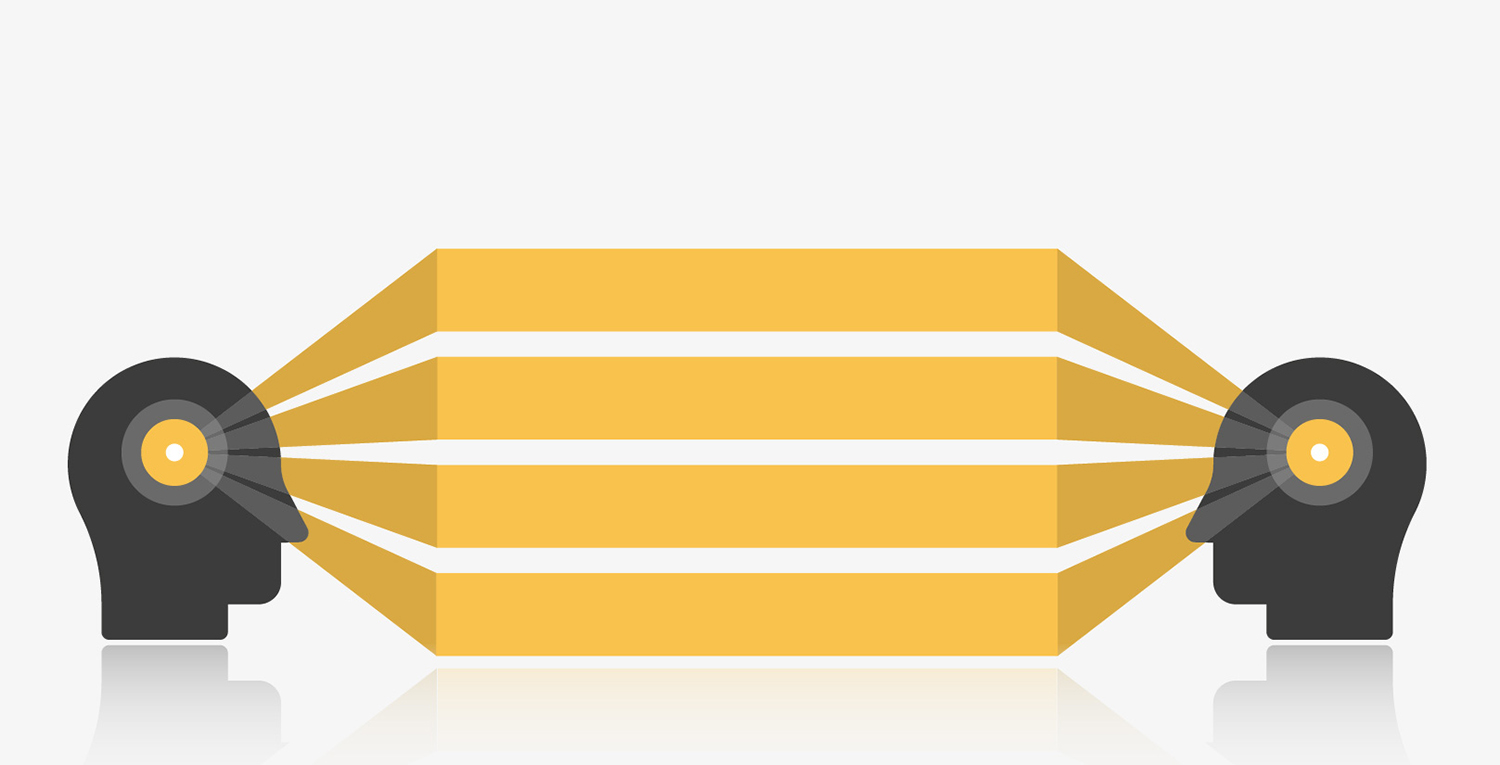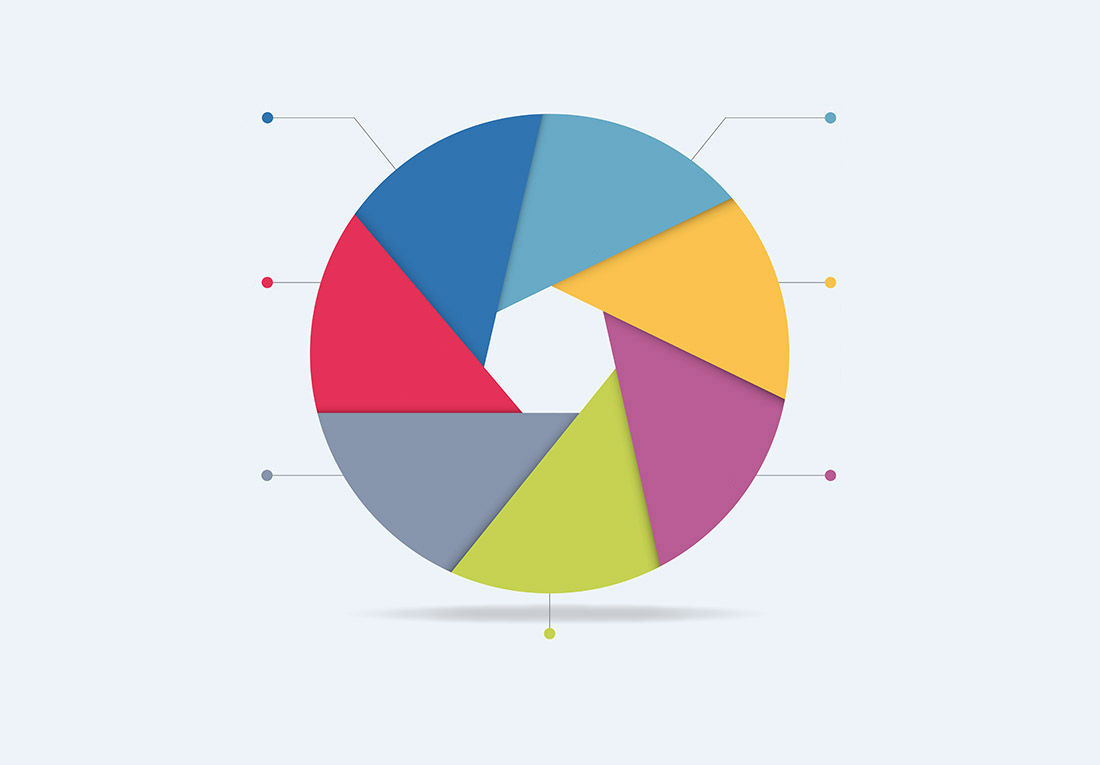
Collaborative learning is the process of engaging learners in an active experience that emphasises the importance of peer interaction to reach a common goal. It is an approach grounded in constructivist theory (Piaget, 1972; Dewey, 1993; Bruner, 1990): learners engage with and find solutions through exploration of knowledge and perspectives. In the case of collaborative learning, we move towards a social-constructivist approach, placing emphasis on social participation with value placed on the experiences and backgrounds of learners (Vygotsky, 1978).
Collaborative learning forms a subset of active learning, requiring learners to work together in the pursuit of gaining knowledge, solving problems, or creating something new. Collaboration in this form provides an opportunity for students to engage in purposeful dialogue, creating mutual understanding and deep critical reflections. Moving beyond traditional methods, it places students at the centre of the experience and provides opportunities for learning to occur through active engagement - therefore promoting meaningful and lasting learning (Barkley, Major, & Cross, 2014).
Collaborative learning can be peer-to-peer or small-group-based. By collaborating to solve problems, students creatively and critically apply theoretical knowledge, articulate and comprehend ideas through different perspectives, and synthesise information to build consensus. Collaborating in this way enables the development of both subject-specific and wider transferable skills.

| Subject-Specific | Transferable Skills | |
| Refining comprehension through shared discourse | Project management skills | |
| Giving and receiving feedback | Challenging assumptions | |
| Developing new approaches and understanding | Communication and articulation | |
| Understanding perspectives | Delegation of tasks |
Effectively designed group activities foster collaboration and promote interdependence. Learners must share knowledge and identify skill sets in order to solve problems.
Think about how you might incorporate the following in the design of an activity:
- Classroom connections to the workplace, real-world authenticity and theoretical application
- Complex tasks that encourage students to draw on each other’s experiences
- Technology and processes that are relevant to real-world practice
- Smaller subsets of large assignments to focus learners on meeting interim milestones
- Reflections on practice to encourage metacognitive skills
Once your teams and project assignments are established, learners will need support and guidance to help form collaborative working relationships with their peers.
Many studies have emphasised the need to manage group dynamics to improve effectiveness (Berkel and Dolmans, 2006; Bowman and Hughes, 2005). Morrison (2014) explores reflections on collaborative activities and suggests several facilitation techniques to support groups and promote satisfaction among team members.
Dialogue is fundamental to the success of a group activity
- Assignments should be designed to encourage discussion in various forms.
- Tasks should require both asynchronous and synchronous communication and collaboration; they should not be simply -a division of labour.
Communicate the purpose of the activity
- This should be aligned with learning objectives and articulate how the task is designed to meet these goals. This explanation should be offered in the context of how these skills are applied in the real world (Roberts, 2007).
Outline the expectations of the learner, including
- Advice on dealing with issues in the group
- Assessment methods
- Team roles
- Examples of best practice
Clarify the assessment criteria
- What weighting is given to individual and group contributions?
- How are these contributions allocated and work assessed?
Establish social and technical solutions for interactions amongst students (Zygrouris-Coe, 2012)
- Provide access and guidance to digital platforms that support online collaboration.
- Instructor involvement may be necessary to address non-contributing group members, group challenges, etc.
Consider incorporating the above strategies in to your design of collaborative activities. Learners benefit greatly through engagement with others, mutually constructing knowledge and employing methods to support the effectiveness of groups.








References
Barkley, E., Major, C., & Cross, K. (2014). Collaborative Learning Techniques. Hoboken, NJ: John Wiley & Sons.
Berkel, H., & Dolmans, D. (2005). The Influence of Tutoring Competencies on Problems, Group Functioning and Student Achievement in Problem-Based Learning. Medical Teacher, 676-681.
Bowman, D., & Highes, P. (2006). Emotional Responses of Tutors and Students in Problem-Based Learning: Lessons for Staff Development. Medical Education, 730-736.
Bruner, J. (1990). Acts of Meaning. Cambridge, MA & London, UK: Harvard University Press.
Dewey, J. (1933). How we think: A restatement of the relation of reflective thinking to the educative process. New York: Heath and Company.
Morrison, D. (2014, August 14). How to make group work collaborative in online courses: four strategies. Retrieved from Online Learning Insights: https://onlinelearninginsights.wordpress.com/2014/08/14/how-to-make-group-work-collaborative-in-online-courses-four-strategies/
Piaget, J. (1972). The psychology of the child. New York: Basic Books.
Roberts, T. (2007). Seven Problems of Online Group Learning (and Their Solutions). Educational Technology & Society, 257-268.
Vygotsky, L. S. (1978). Mind in society: The development of higher psychological processes. Cambridge, MA: Harvard University Press.
Zygrouris-Coe, V. (2012). Collaborative Learning in an Online Teacher Education Course: Lessons Learned. International Conference on Information, Communication Technologies in Education (pp. 332-342). Rhodes, Greece: http://www.icicte.org/Proceedings2012/Papers/08-4-Zygouris-Coe.pdf.
